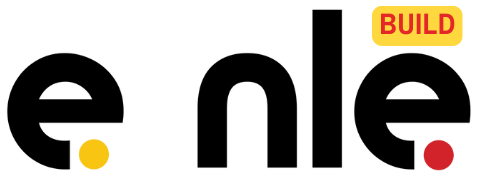Introduction to Feature Prioritization
When building a product with limited time and resources, not every idea can move forward at once. Feature prioritization helps you figure out what to focus on first—what delivers the most value, what supports your goals, and what your users actually need right now.
Without a clear process, teams often get pulled in different directions. Some chase shiny new features. Others try to please every stakeholder. The result? Confusion, wasted time, and a product that doesn’t quite hit the mark.
Prioritizing features gives your team direction. It creates alignment, keeps momentum going, and helps you stay focused on what matters most.
Methods and Frameworks for Prioritizing Features
Feature prioritization is essential in product development, ensuring that teams focus efforts on the most impactful elements. There are several methods and frameworks that can assist in this process, each with its unique advantages and applications.
One popular approach is the MoSCoW method, which categorizes features into four distinct groups: Must have, Should have, Could have, and Won’t have. This prioritization method helps stakeholders understand critical features and distinguishes them from those that are less essential. The strength of the MoSCoW method lies in its clarity and simplicity, making it easy for cross-functional teams to collaborate. However, it may lack granularity for more complex projects, where multiple priorities exist.
The Kano model offers another insightful framework by correlating customer satisfaction with feature implementation. Features are classified into five categories: Basic needs, Performance needs, Exciters/Delighters, Indifferent needs, and Reverse needs. This model is advantageous for identifying which features will drive customer satisfaction most effectively. Nevertheless, its complexity can pose challenges in practical application, particularly when assessing customer expectations and reactions.
Another widely used framework is RICE scoring, which stands for Reach, Impact, Confidence, and Effort. This method helps teams evaluate features based on quantifiable data, allowing for a more structured and analytical assessment of priorities. RICE scoring helps to focus on features that not only reach a larger audience but also provide significant value relative to the effort required for implementation. While this method is effective, the accuracy of its outcomes heavily relies on the precision of data and subjective estimations.
In summation, selecting the most appropriate method or framework for feature prioritization depends on the specific context of the project. By understanding the strengths and weaknesses of these approaches, teams can make informed decisions about which features to develop first.
Creating a Prioritization Process
A solid prioritization process starts with input. Talk to users. Gather feedback. Look at usage data. Bring in perspectives from across your team—product, design, sales, and support.
From there, score or rank your ideas using your chosen framework. Keep things objective. It’s easy to overestimate how valuable a feature is just because it’s exciting.
Review your list regularly. Things change quickly. What felt urgent last month might be less important now. Treat your feature list like a living document, not a one-time decision.
Case Studies and Examples of Effective Prioritization
One e-commerce startup we worked with was struggling with high cart abandonment. Instead of launching new marketing features, they used customer feedback to prioritise fixing the checkout flow. That simple change made a bigger impact on sales than any new feature would have.
Another founder building a project management app used MoSCoW to sort through dozens of requested features. By focusing only on what solved the core pain points, they launched a leaner product that still delighted users—and avoided months of overbuilding.
These kinds of results don’t come from guessing. They come from listening, focusing, and having a system for deciding what comes first.
In conclusion, prioritization is not about saying no forever. It’s about saying not yet, with intention. A thoughtful process helps your team stay focused, your product stay useful, and your users stay happy.
When you know what to build next—and why—you make faster progress with fewer regrets.
Ready to prioritise smarter? Let’s build it.
